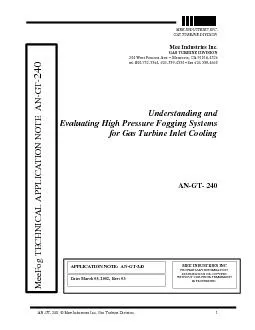PPT-MEE project defense
Author : trish-goza | Published Date : 2016-07-21
Heng Zhao Committee Members Dr Victor P Nelson Dr Adit D Singh Advisor Dr Vishwani D Agrawal 1 632015 Heng MEE Project Test Programming an ATE for Diagnosis
Presentation Embed Code
Download Presentation
Download Presentation The PPT/PDF document "MEE project defense" is the property of its rightful owner. Permission is granted to download and print the materials on this website for personal, non-commercial use only, and to display it on your personal computer provided you do not modify the materials and that you retain all copyright notices contained in the materials. By downloading content from our website, you accept the terms of this agreement.
MEE project defense: Transcript
Download Rules Of Document
"MEE project defense"The content belongs to its owner. You may download and print it for personal use, without modification, and keep all copyright notices. By downloading, you agree to these terms.
Related Documents














